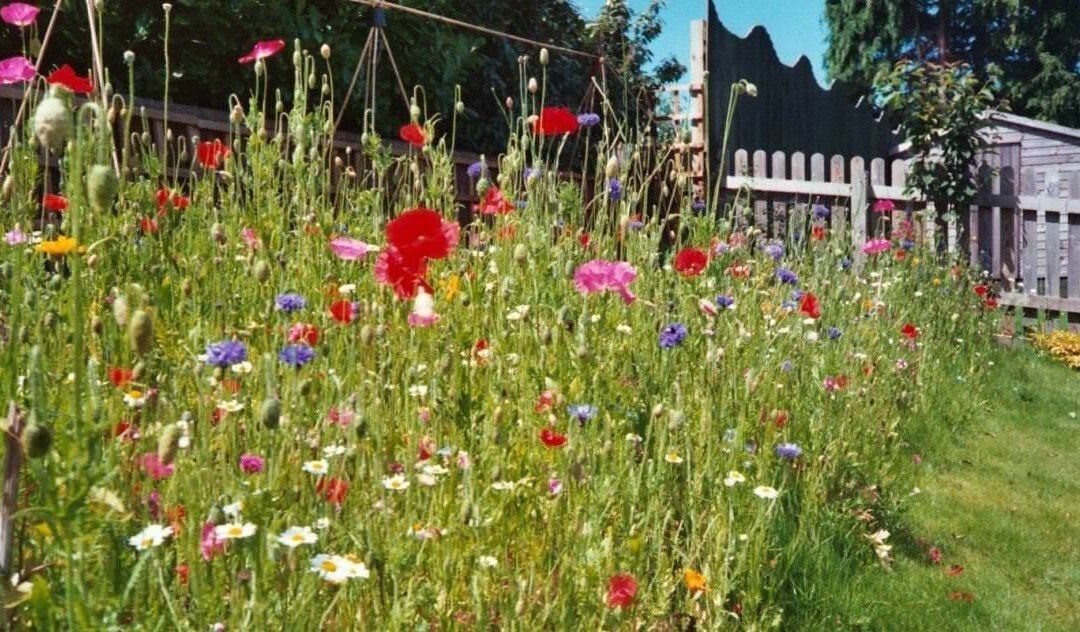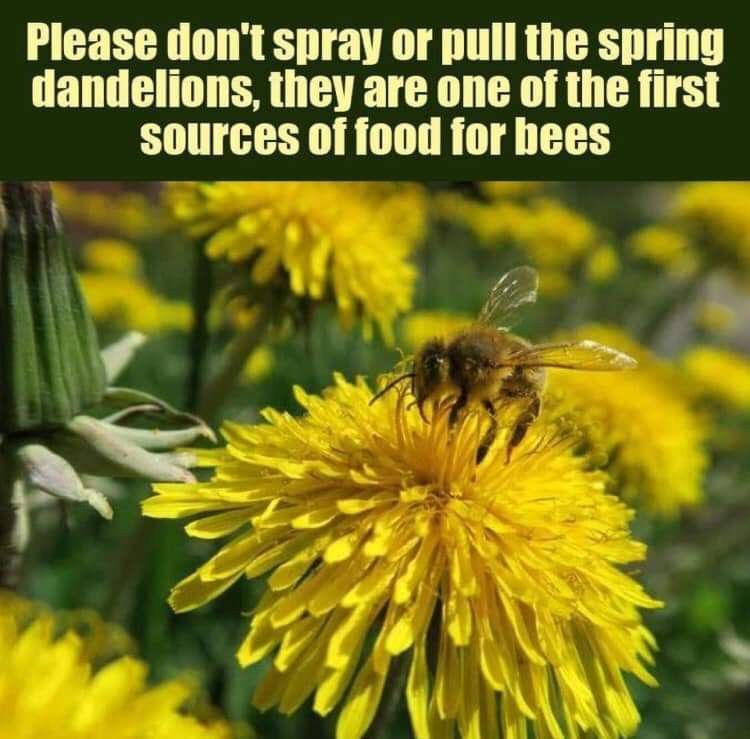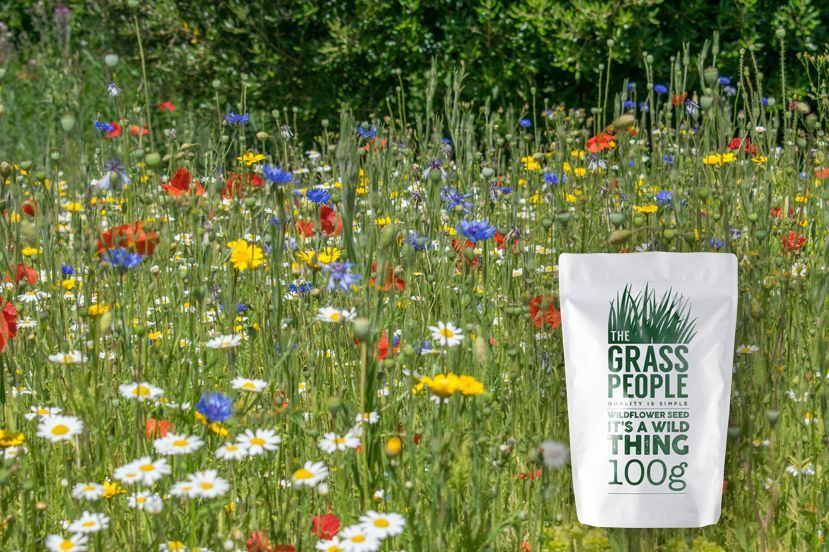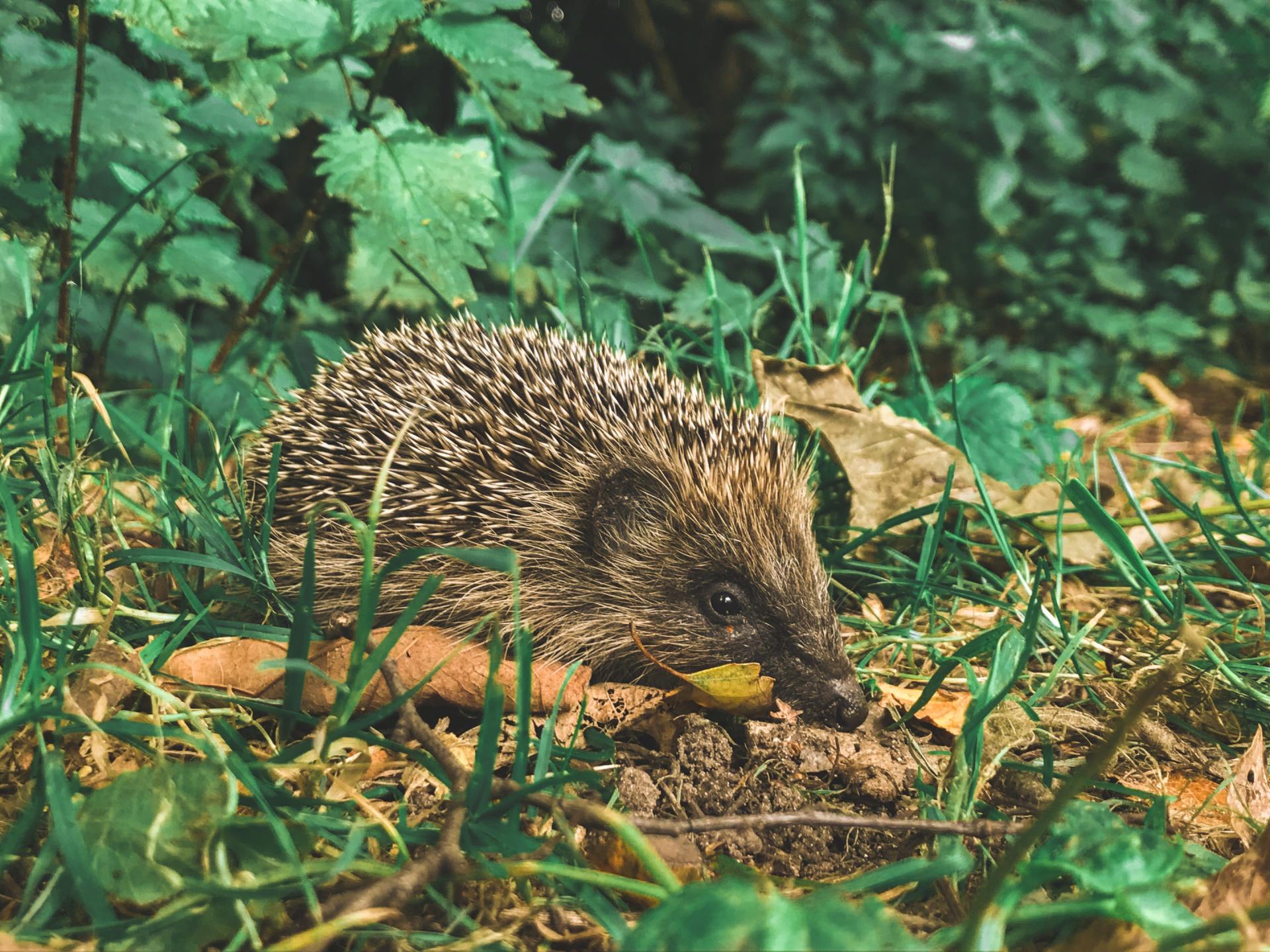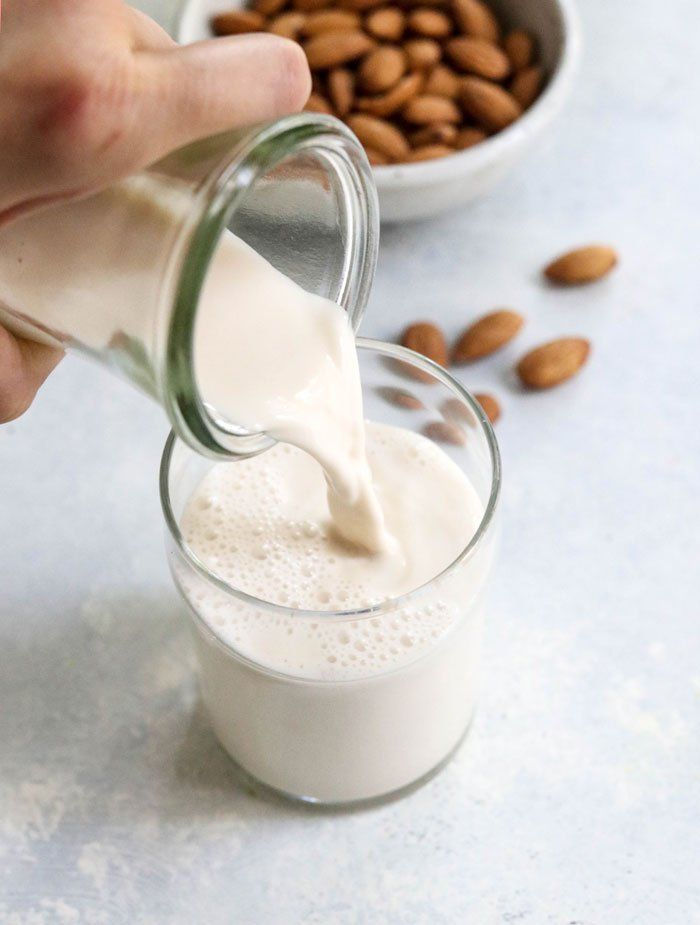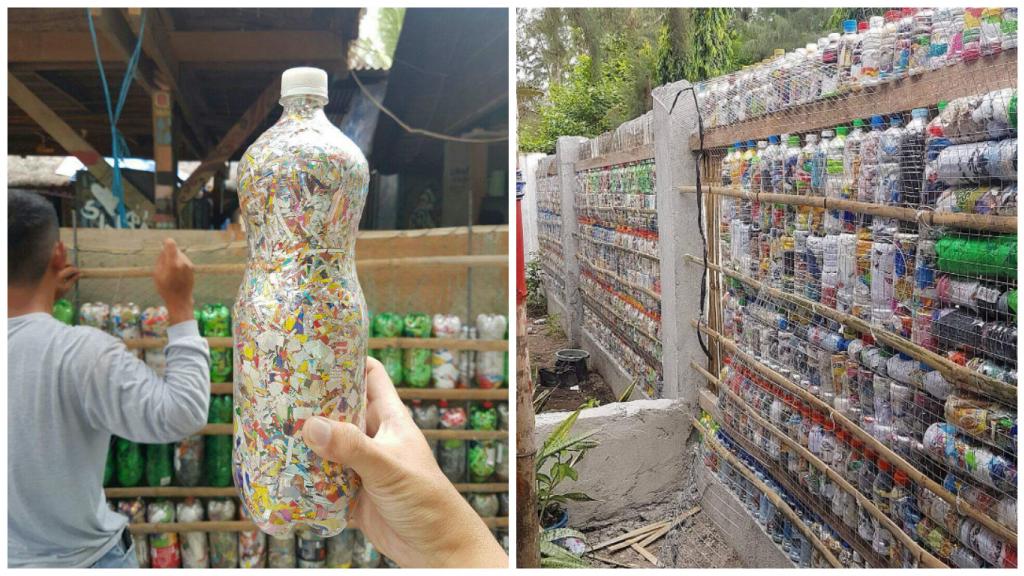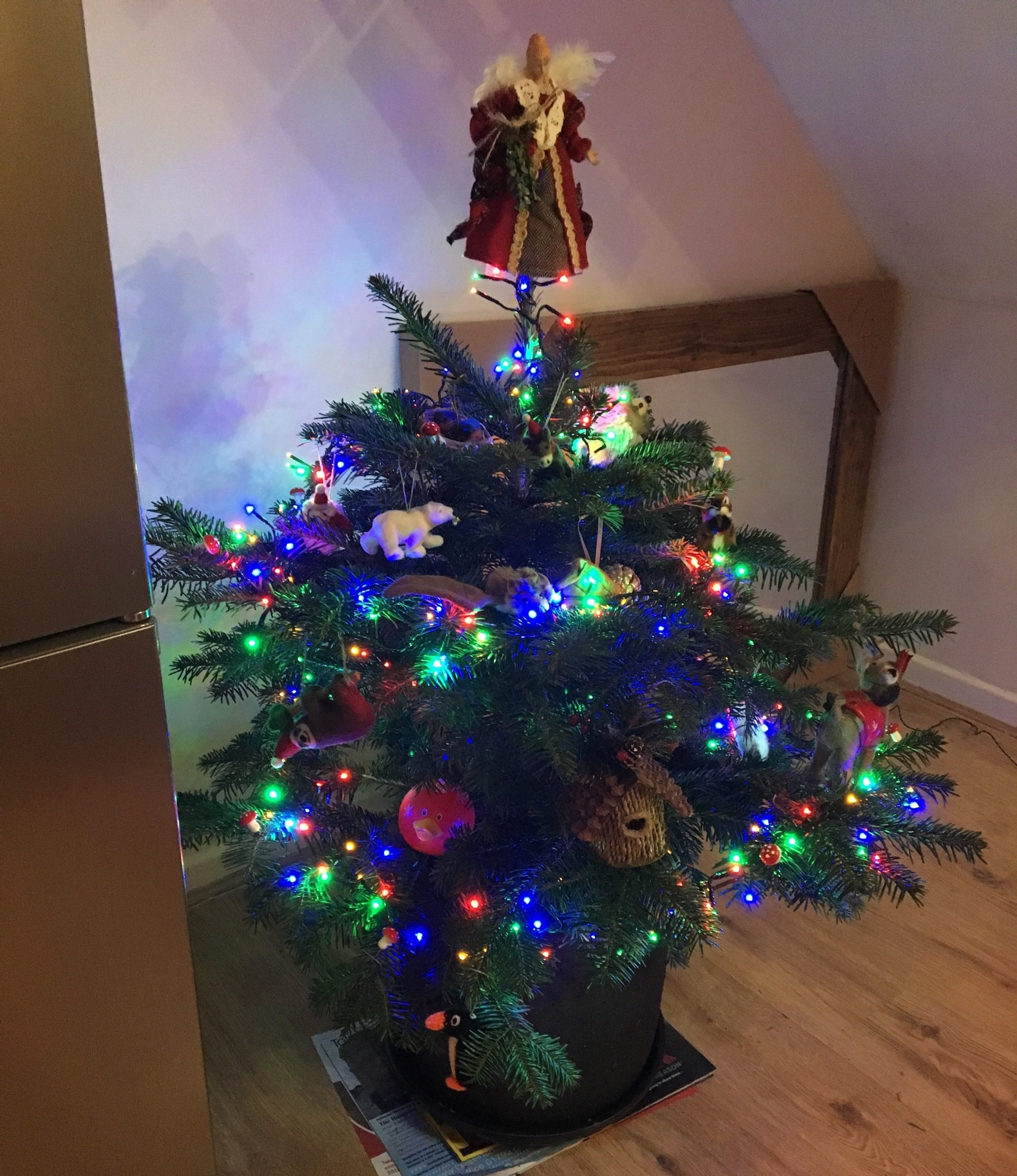Lawns, a place for us and wildlife
Introduction
A tidy green lawn has become a mainstay in gardens across the UK and we are pushed by glossy magazines and pesticide companies that this is what we should all be aiming for. These lawns are now becoming recognised for what they are: sterile, unnatural and offering little support to wildlife. It's time to let it grow.
However much of your lawn you may wish to dedicate to a wildlife lawn is totally up to you. We realise that not all people may want to go full on Monty Don. The key is to start somewhere, no matter how small. We can all do our bit.
Please read on for some tips on how you can benefit more from your lawn, whilst saving time, effort and money.
The benefits of not mowing your lawn
A 'non-manicured' lawn can provide a home for a plethora of insects that are eaten by birds and other wildlife. Lawns can also provide seed for birds if given the opportunity; annual meadow grass, plantain, buttercup and dandelion are particular favourites. It will also give your mower, and back, a break; reducing the noise and pollution.
Good habits
- Avoid using weed killer or artificial fertilisers. There is actually no such thing as a weed. Plants like dandelions are important as an early food source for bees, and some others are beneficial to the health of the lawn itself, like clover which adds nitrogen to the soil. Whats more, these weed killers may well be bee killers as well!
- Introduce a variety of plant species. Biodiversity is paramount for a healthy little wild lawn. The more different plants, the better for the health of the plants, and also provides a greater food source for insects which in turn will encourage birds. An easy way to do this is the addition of some wildflower lawn seed, available in all good garden centres or online from sites such as RSPB, or from The Grass People as shown below.
- After mowing your lawn, rake up any leftover cuttings as many of those pretty wildflowers grow best in nutrient poor soil. Leaving the cuttings on your lawn will just encourage more grass.
Two options for creating a wildlife lawn
Option 1: Leave a small unmown area
Having some long and some short grass can actually benefit nature. The long grass provides shelter and egg-laying for insects, whilst the short grass gives an area for birds to feed.
This amazing page from the Wildlife Trusts says it all very nicely, so we don't have to.
Option 2: Mow less frequently
Most lawns are cut many times a year, even grass verges are mown four times during the grass growing seasons. Reducing this to cutting just a couple of times a year allows flowers to complete their full lifecycle rather than being cut down in their prime before they are able to set seed. This enables the wild seed bank, restore floral diversity and provide pollinator habitat estimated to equal the size of London, Birmingham, Manchester, Cardiff and Edinburgh combined.
Here is some advice from the RSPB on different methods that you could try:
- The temporary meadow. At a beginner level, just let your lawn grow naturally for maybe a month in May or June, and mow as you normally would outside that time. Enjoy the plants which grab their opportunity to throw up some flowers - yes, you can love daisies!
- Create a spring meadow. If you want to have an even bigger impact for wildlife, don't mow your lawn at all in the spring until the end of June or early July. Then mow as normal until the grass stops growing in late autumn. This is the kind of meadow where you can plant gorgeous spring-flowering bulbs such as Snake's-head Fritillary.
- Create a summer meadow. Mow your lawn once in late March or early April and then leave it until August or September before mowing once or twice until the end of the autumn growing season. If there has been a wet spring, you might need to mow the lawn into May. This will minimise the risk of the grass laying over ('bolting') in mid-summer and looking untidy.
Hopefully you have been inspired to try one of these methods, to give you mower a break, and to enjoy your lawn. If you want some additional information then feel free to have a look at these sites, where we got most our information.
Natural History Museum - How to grow a lawn that's better for wildlife
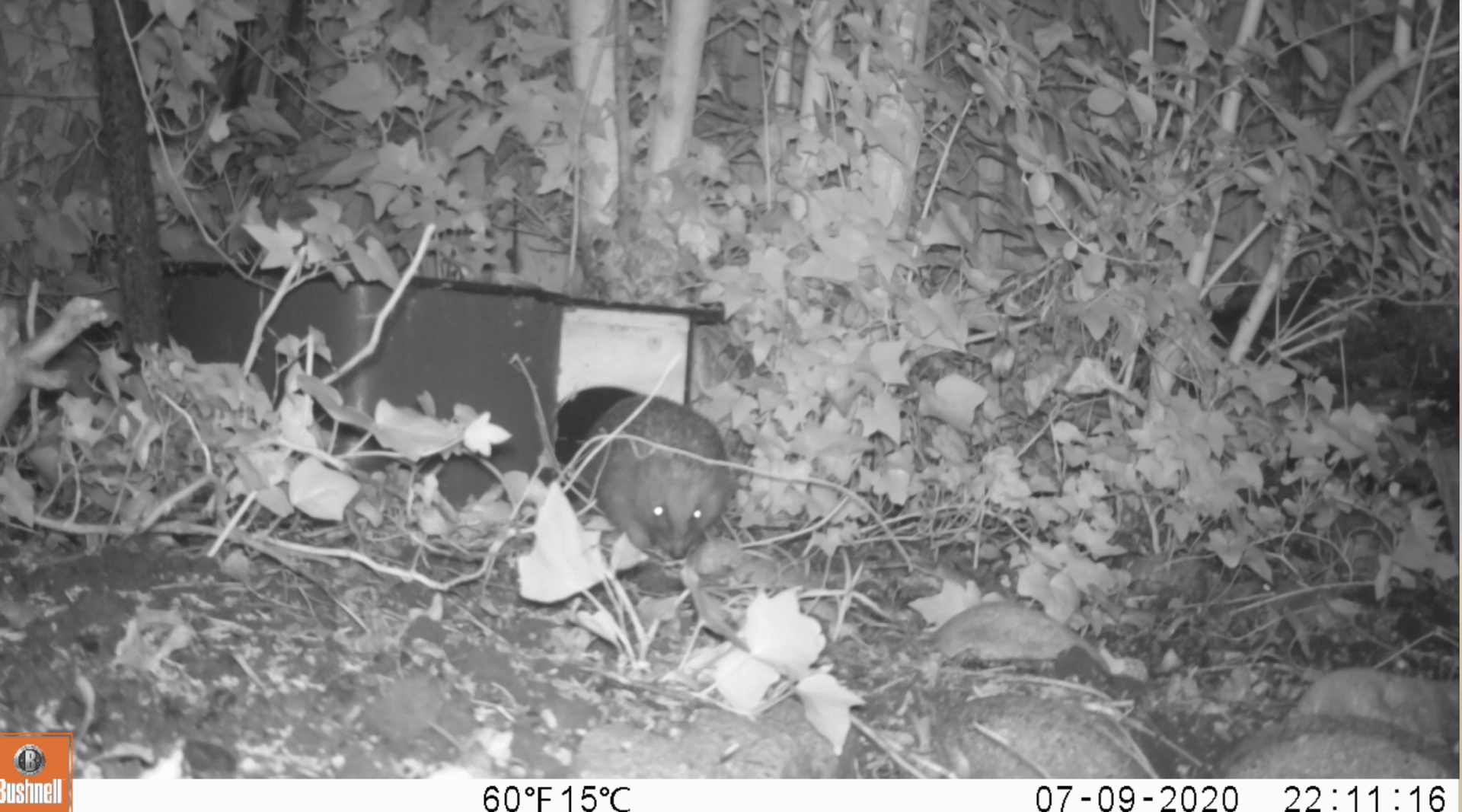
Email us:
CraigyRhondda@gmail.com
